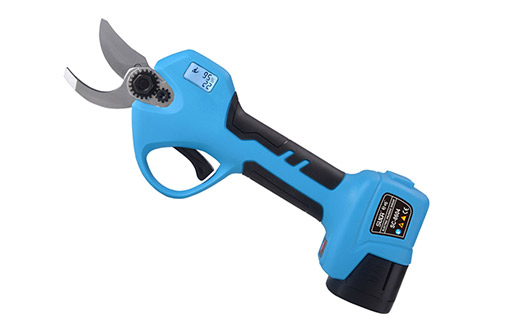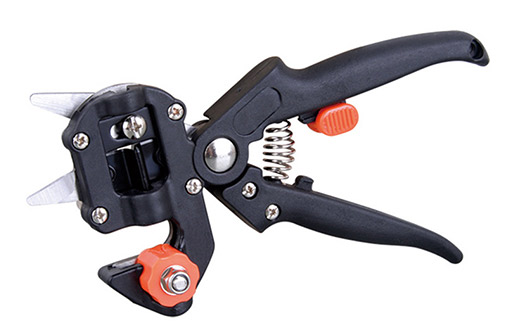Factors Affecting the Success of Fruit Tree Grafting Techniques
Professional grafting tools are most widely used in fruit trees. There are several methods of grafting fruit trees, including branch grafting, bud grafting, and seedling grafting, among which branch grafting is the most commonly used. Fruit trees can be grafted in spring or during their growth period, but spring grafting is more common. The best time for spring grafting is when the tree sap begins to flow but before the buds appear.
Increasing the contact area of the cambium layer can improve the success rate of fruit tree grafting with grafting tools
In most cases, increasing the contact area of the cambium layer with the help of a tree grafting cutter during the grafting of most fruit trees can improve the success rate of grafting. Increasing the contact area includes making the wound smooth and even, without any uneven surfaces, to ensure the close fit between the rootstock and the scion. At the same time, the alignment of the cambium layer is favourable for the survival of tree grafting with grafting tools. Aligning the cambium layer can promote the filling of nutrients in the rootstock and the scion, enabling the cells of both to quickly proliferate and connect the wound surface rapidly. This speeds up the healing of the wound, thus improving the success rate of grafting. By using a tongue grafting method, such as the inlay-bark graft method, for grafting walnut trees, one can achieve a higher survival rate for the crop than by using the whip-grafting method, the cleft grafting method, or the veneer grafting method.
Minimizing the loss of nutrients in the scion can improve the success rate of fruit tree grafting with grafting tools
Completing grafting operations with professional tree grafting tools and equipment does not guarantee the survival of trees. During the grafting process, the connection of vessels and sieve tubes between the rootstock and the scion, the flow of nutrients, the filling of the wound surface with cellular substances, and other processes require time. During this period, scions can only rely on their own nutrients to survive. If the scion depletes all its nutrients before the wound surface has completely healed and a channel has been established between the rootstock and the scion for the flow of nutrients, the scion dies, resulting in the death of the crop after grafting. During the healing period of the wound surface, one should take every possible measure to minimize the loss of nutrients in the scion and extend its life. This includes selecting scions with the best innate conditions, such as the most vigorously growing and healthy branches that are more than 15 centimeters long. The larger the branches, the more abundant nutrients they contain. This ensures that scions can survive during a relatively long period of grafting. If necessary, they can also be soaked in a sugar solution or tree nutrient solution to increase their nutrient reserves.
Selecting the period when the cambium layer of the rootstock grows most vigorously can improve the success rate of fruit tree grafting with grafting tools
The period when the cambium layer of the rootstock grows most vigorously is the time when the sap flows the fastest and the ability to heal wounds is the strongest. Selecting this period for grafting with professional grafting tools can establish a vascular system between the scion and the rootstock in the shortest time possible. This ensures that the nutrients of the rootstock are promptly supplied to the scion, avoiding the death of the scion due to nutrient depletion. However, it is difficult to determine when the cambium layer of the rootstock grows most vigorously. Currently, the most commonly used method is to refer to the phenological period of the rootstock or other trees. According to the accumulated practical experience, when the rootstock has swollen buds in spring but has not yet grown leaves, this is the period when the cambium layer of the rootstock grows most vigorously. Observation of the phenological status is the most practical and accurate method for determining the appropriate timing of grafting. It requires workers to constantly summarize their practical experience in the grafting process and find the most accurate grafting time for different types of crops.



